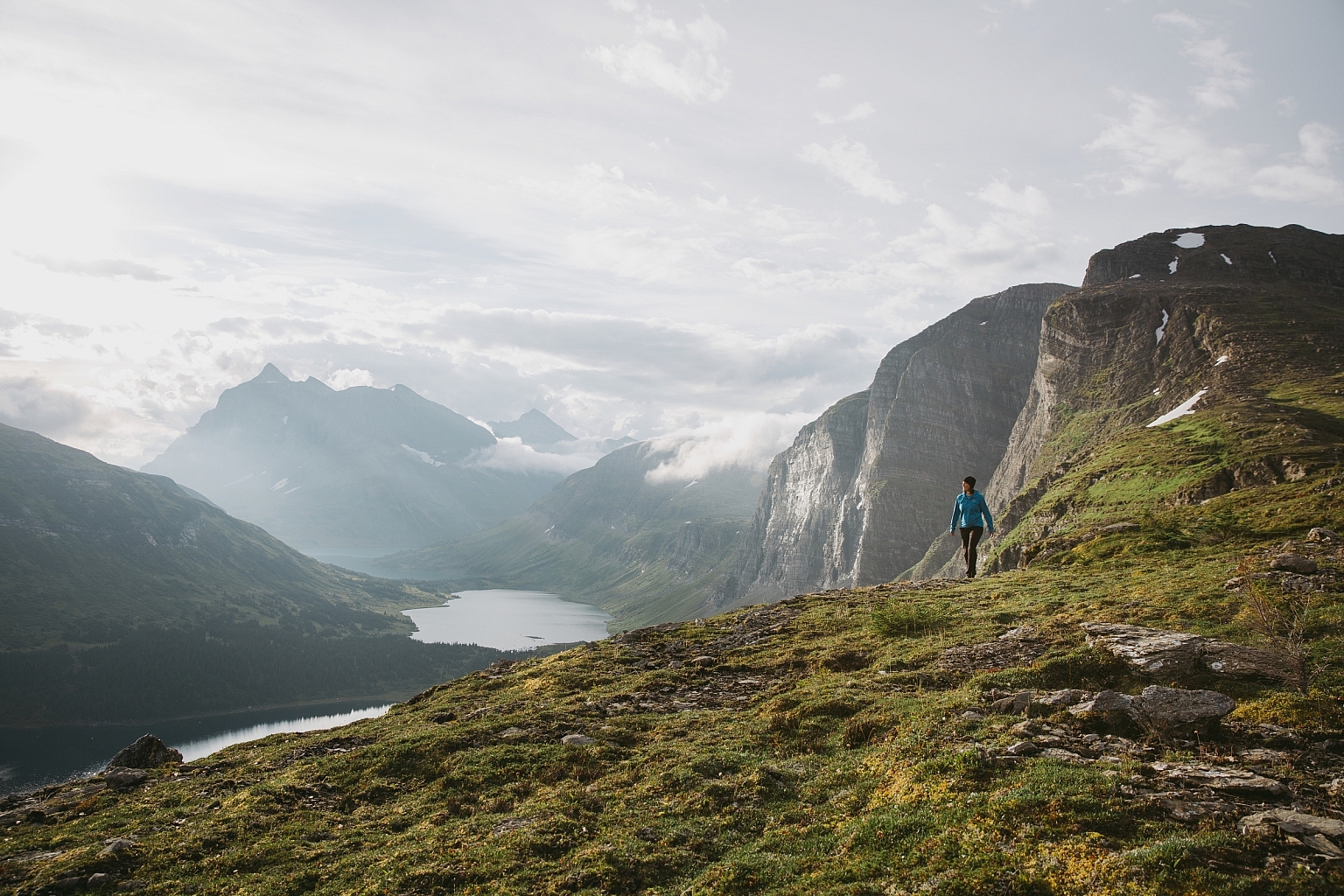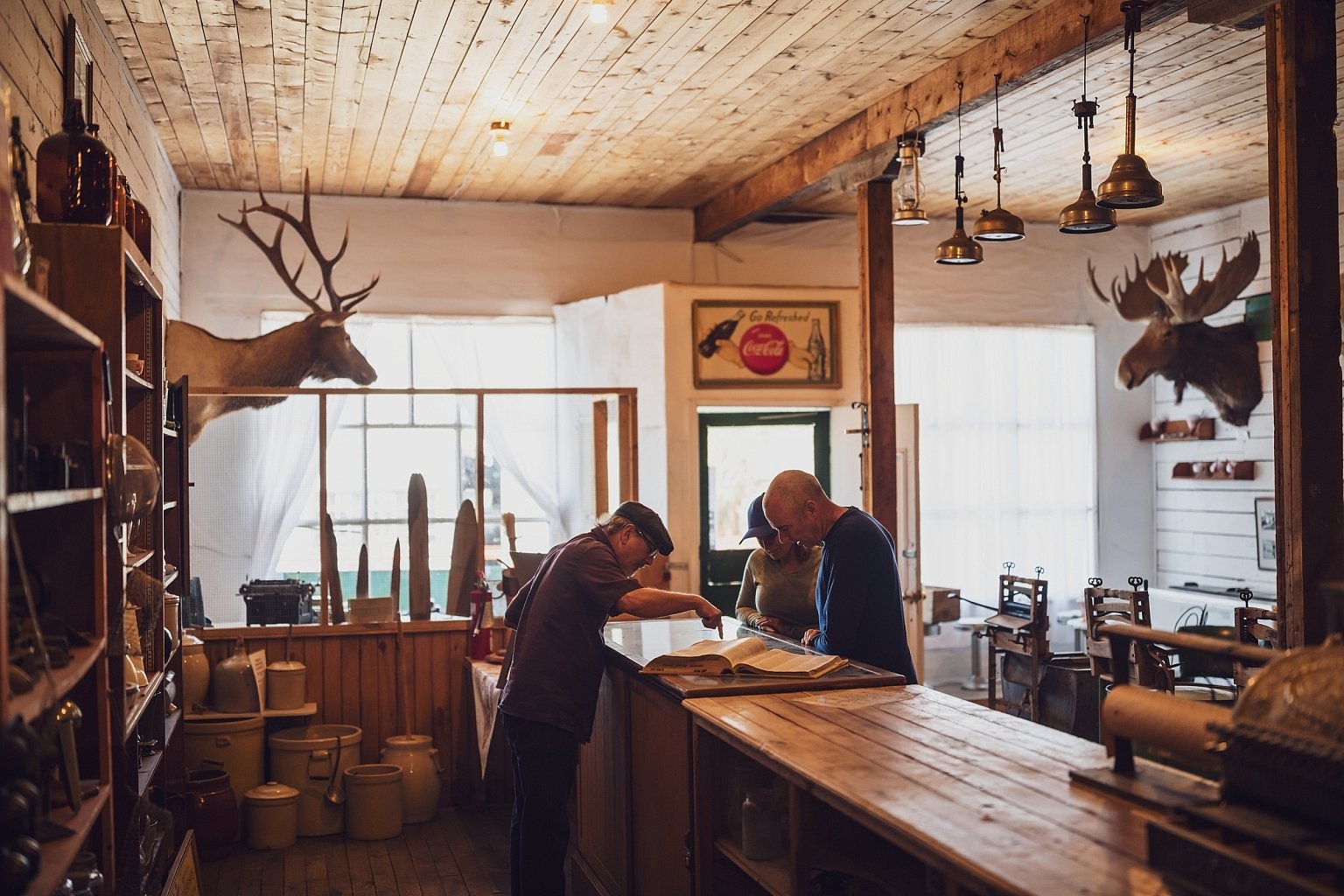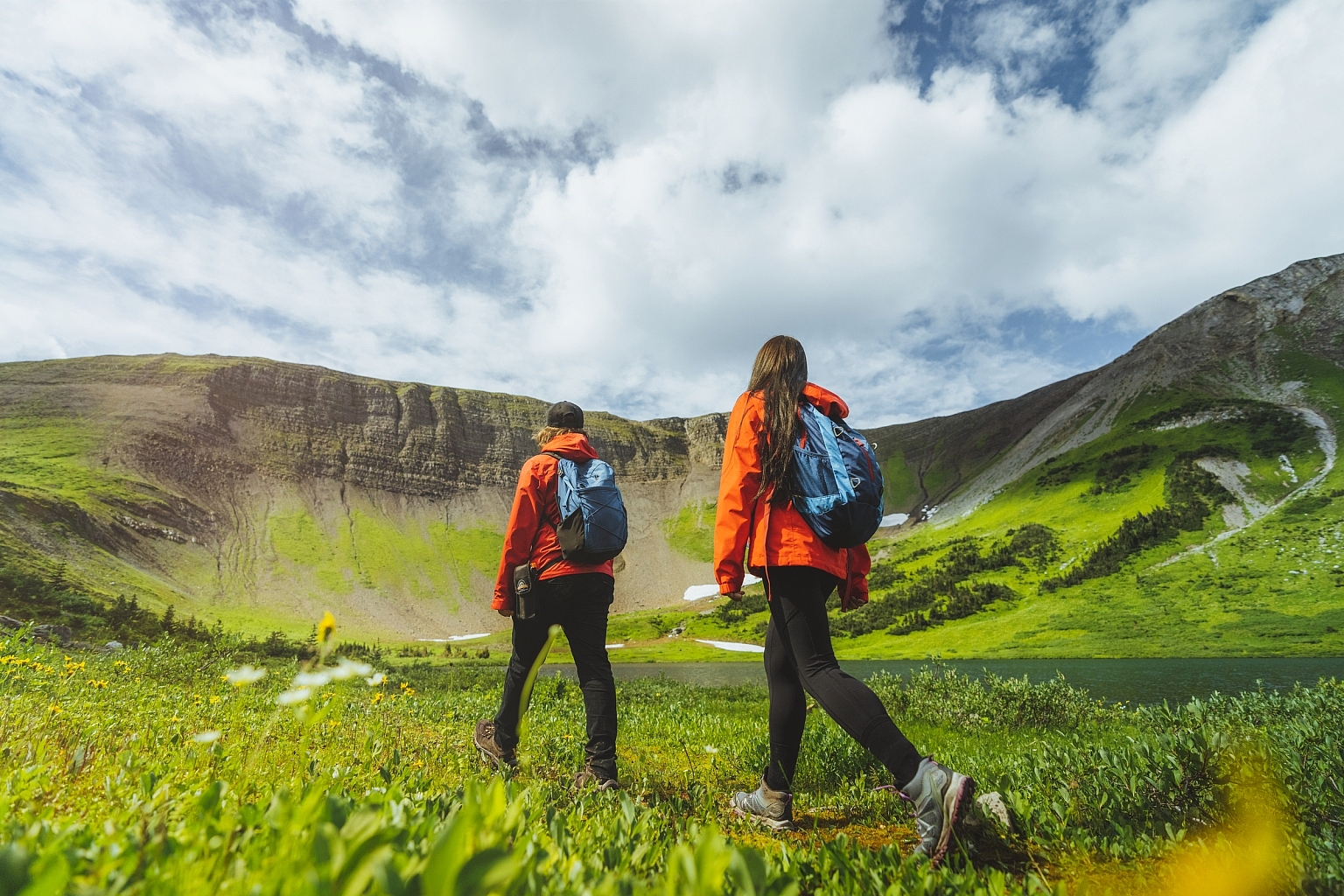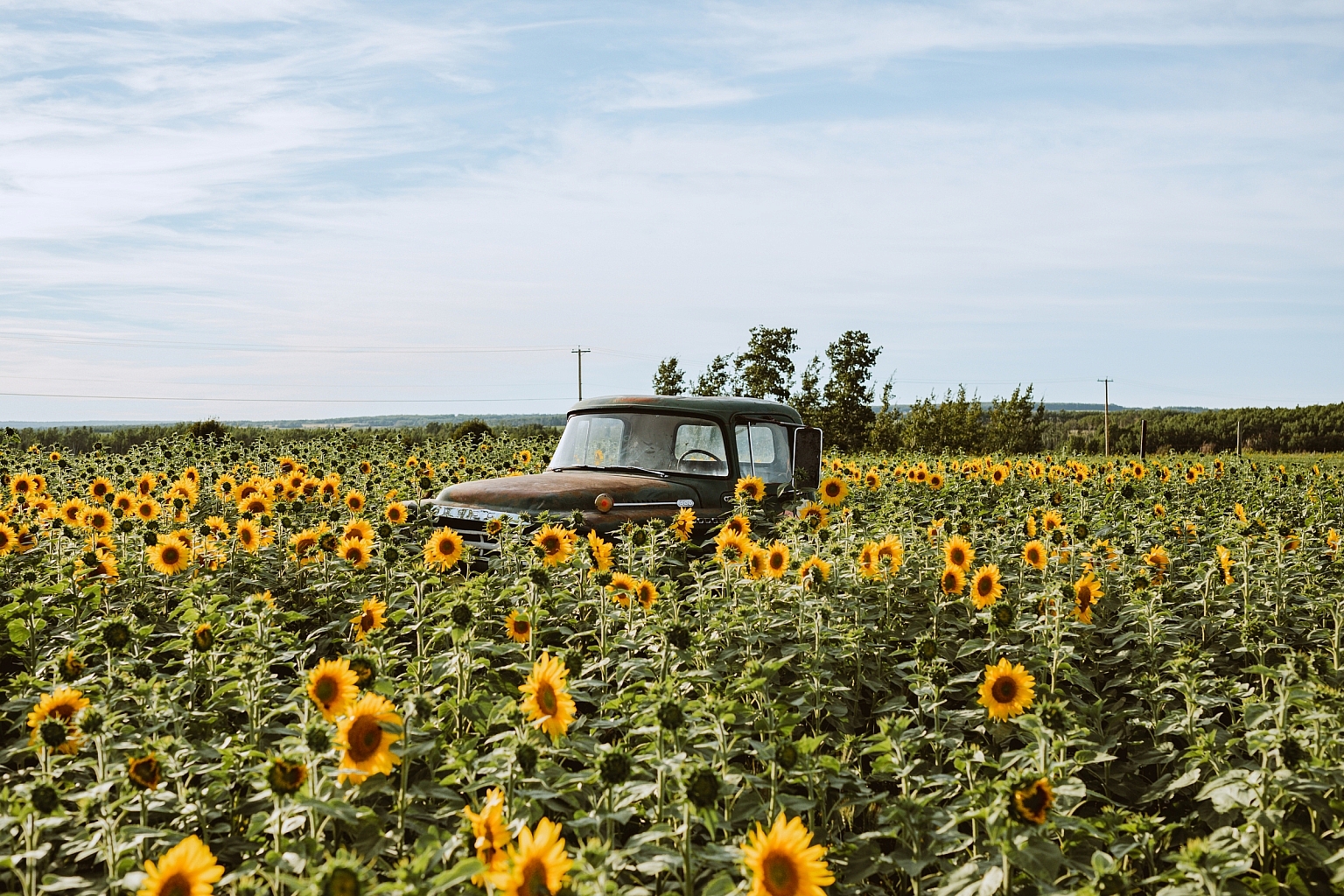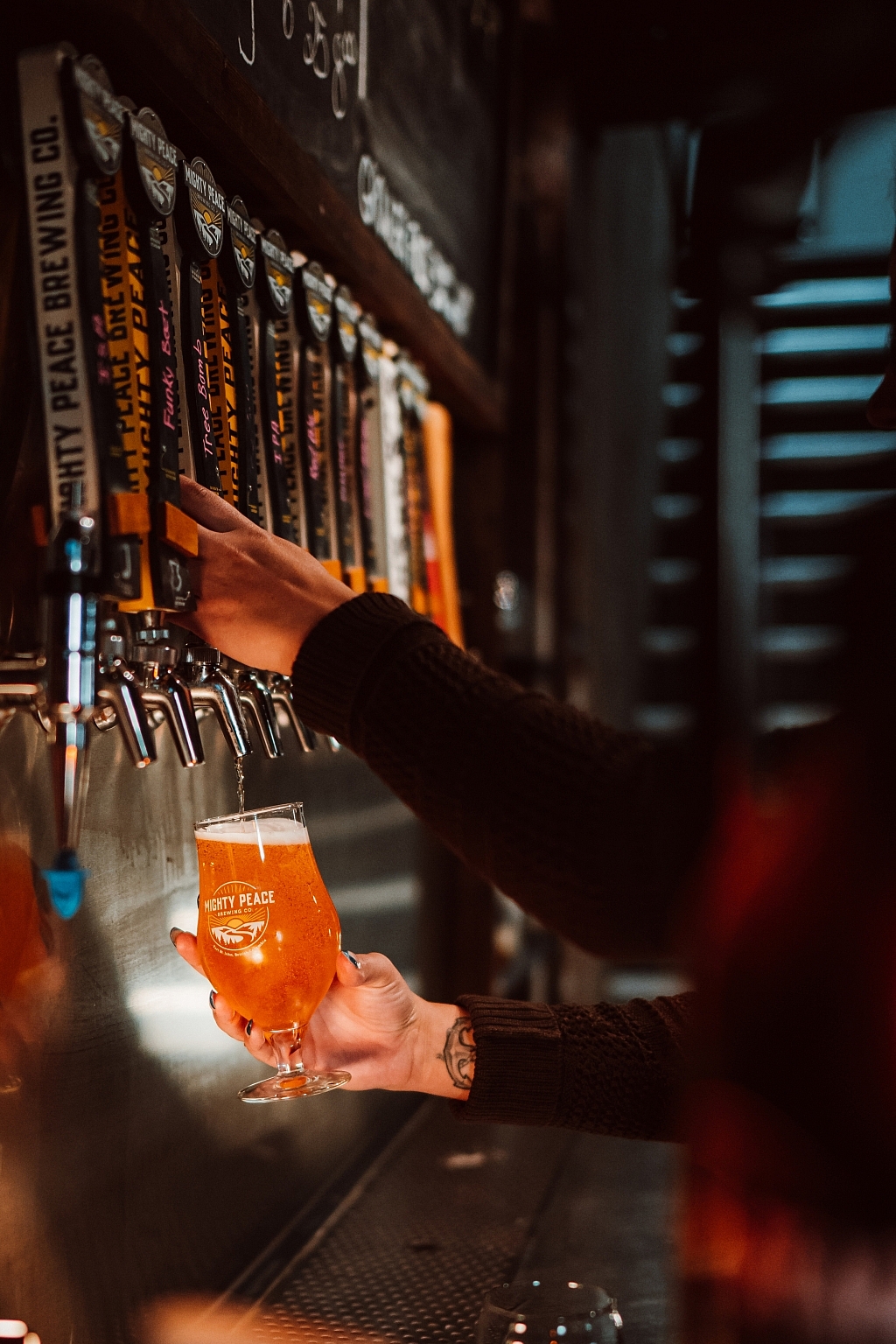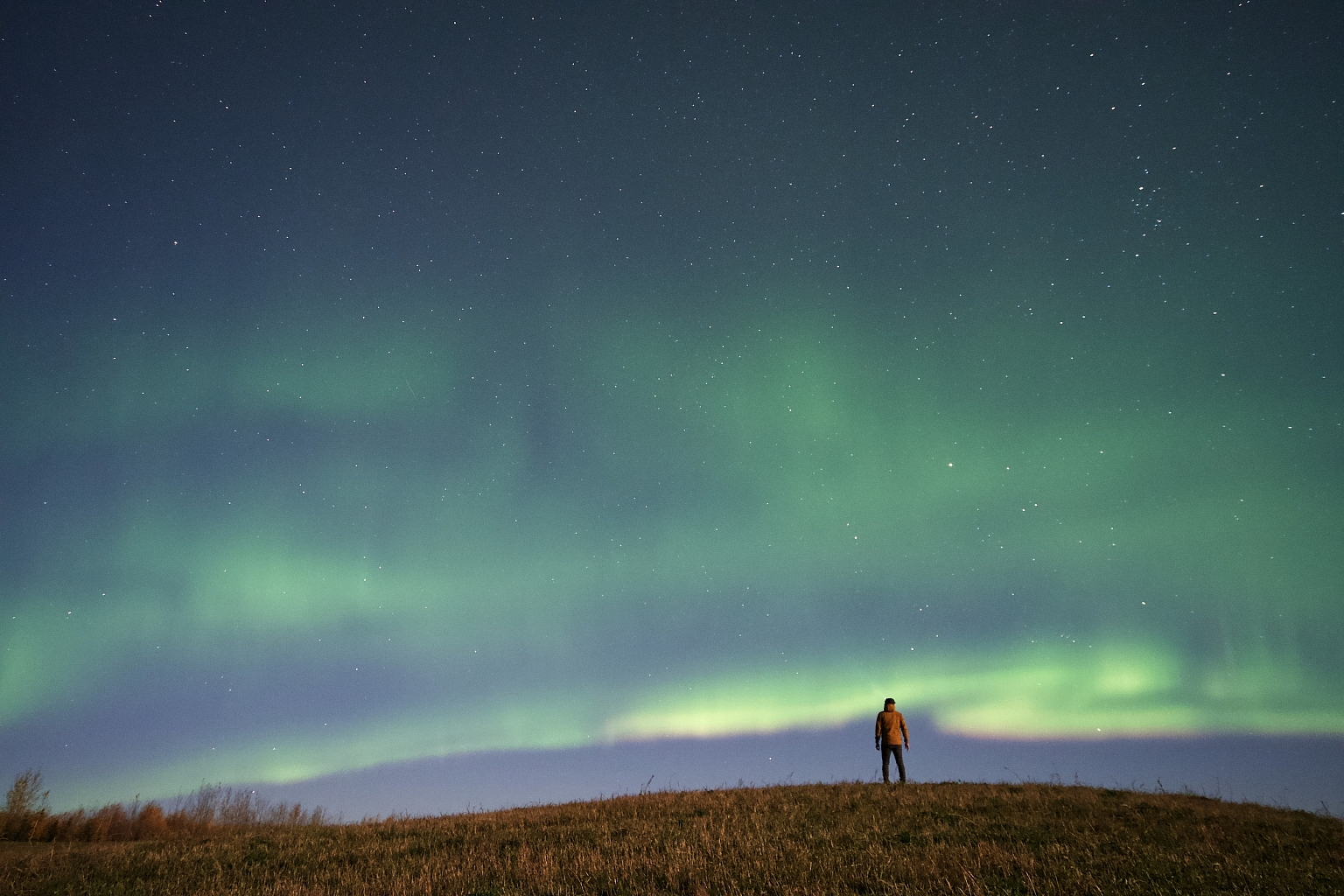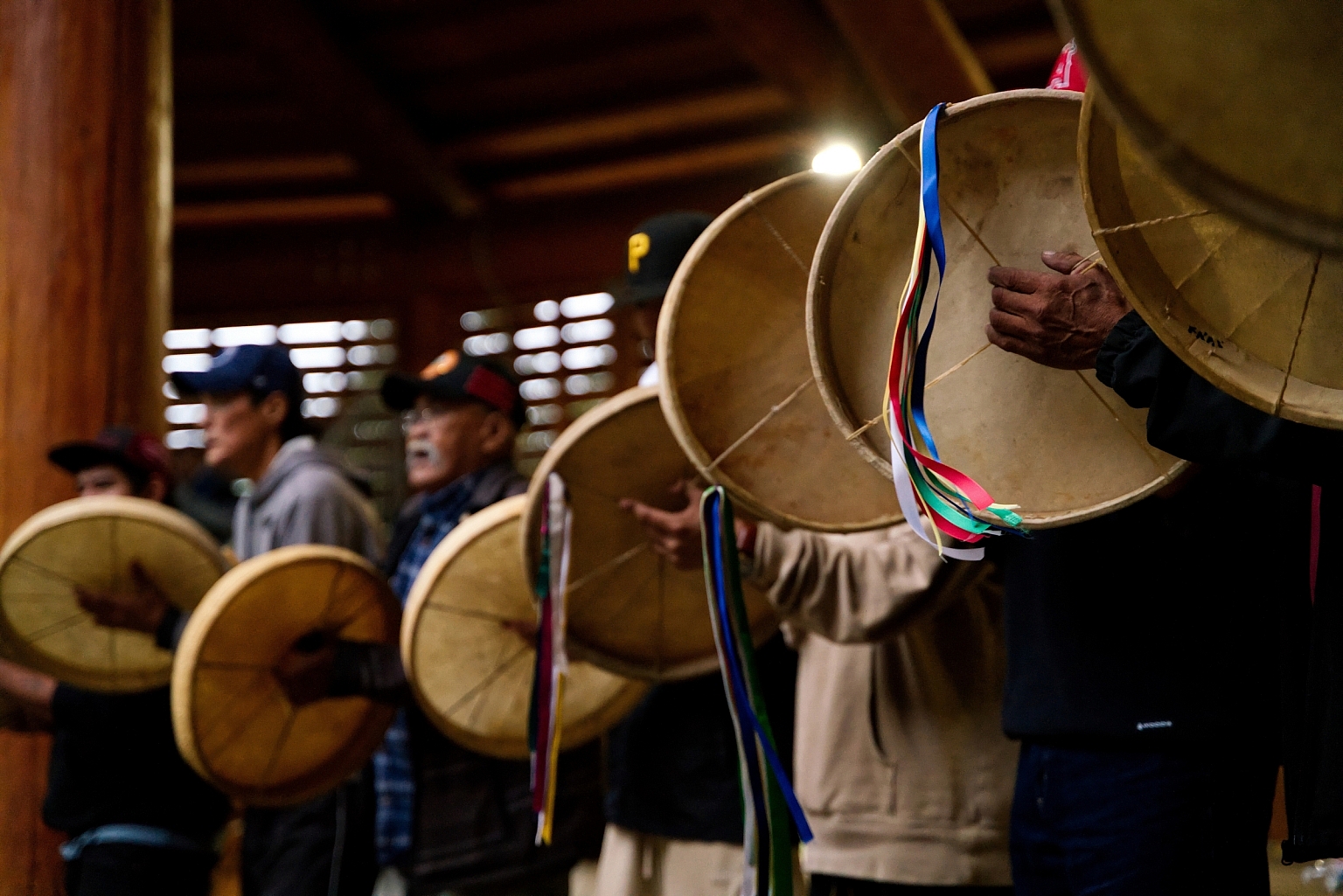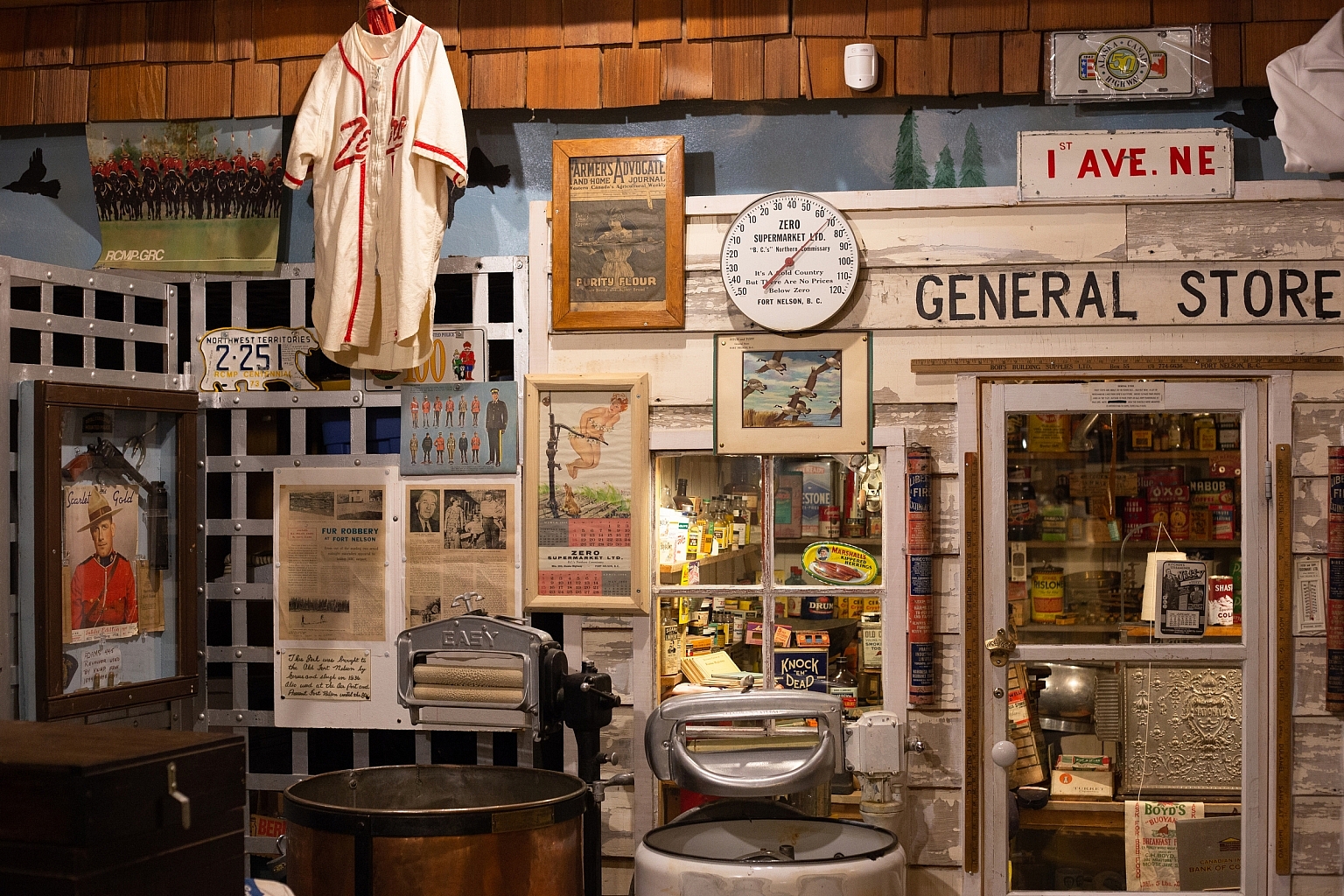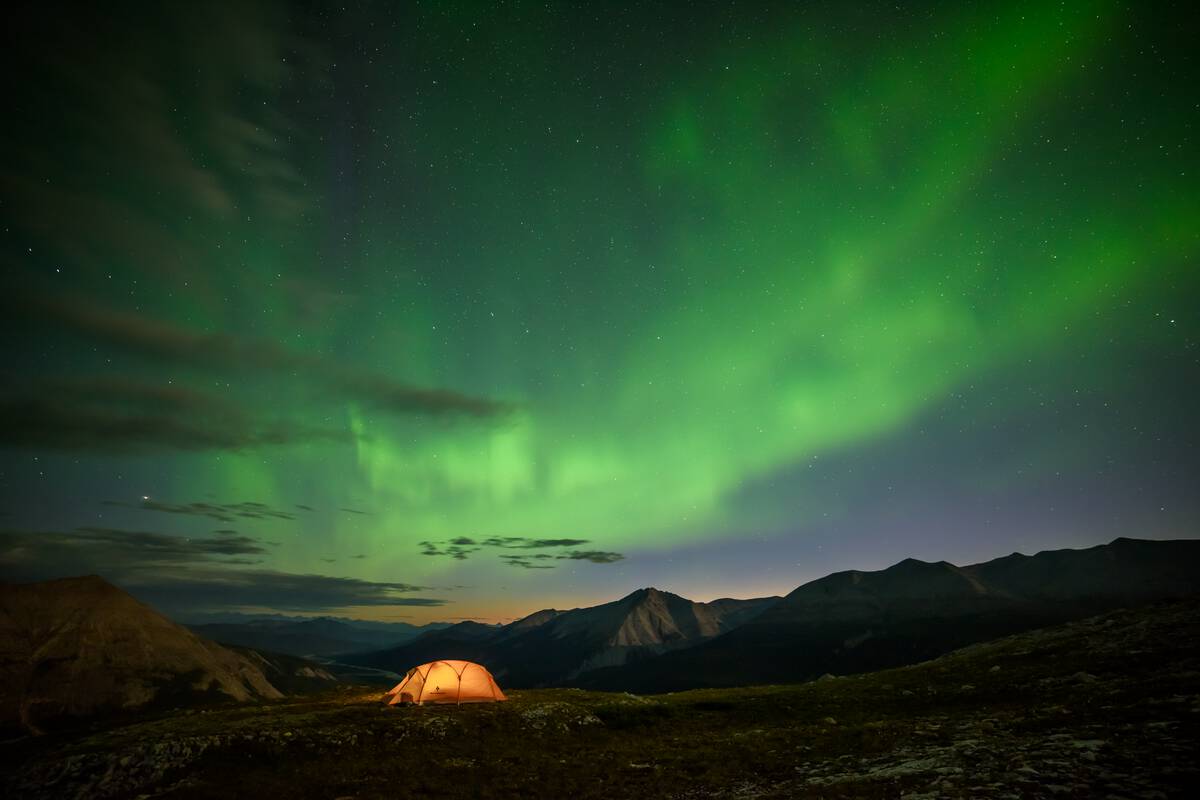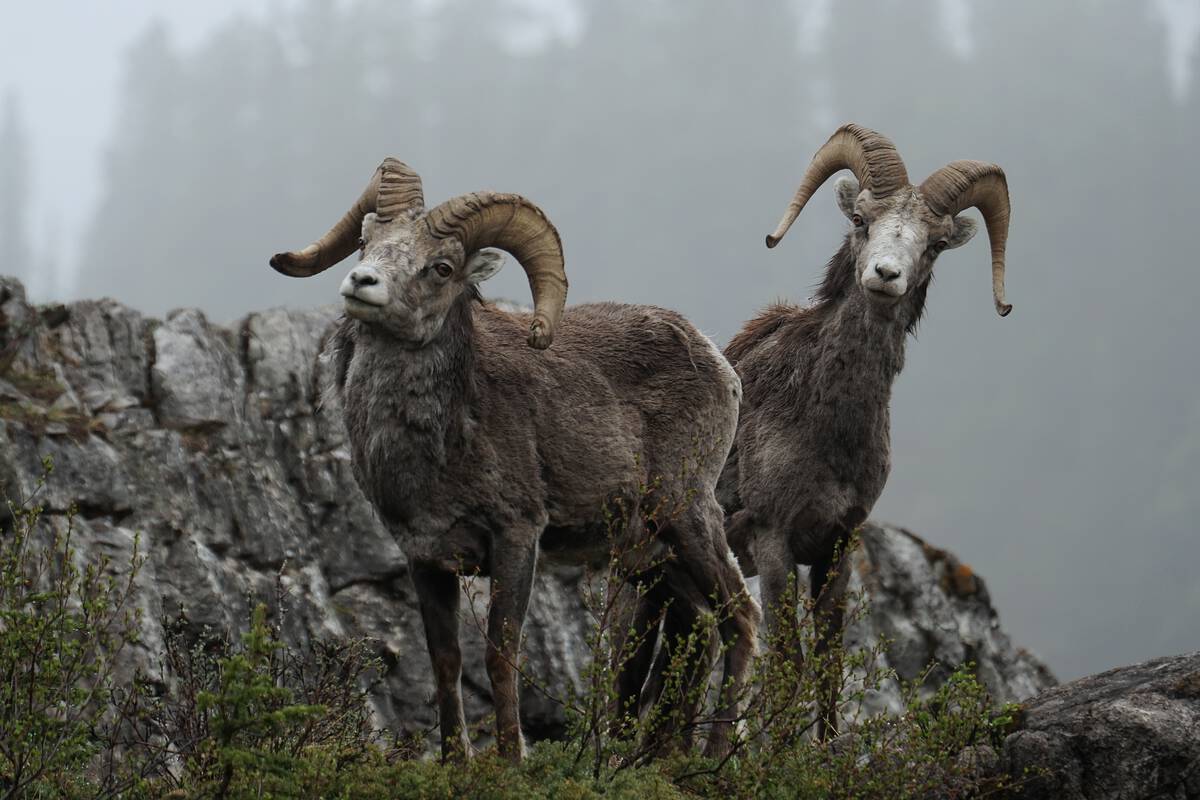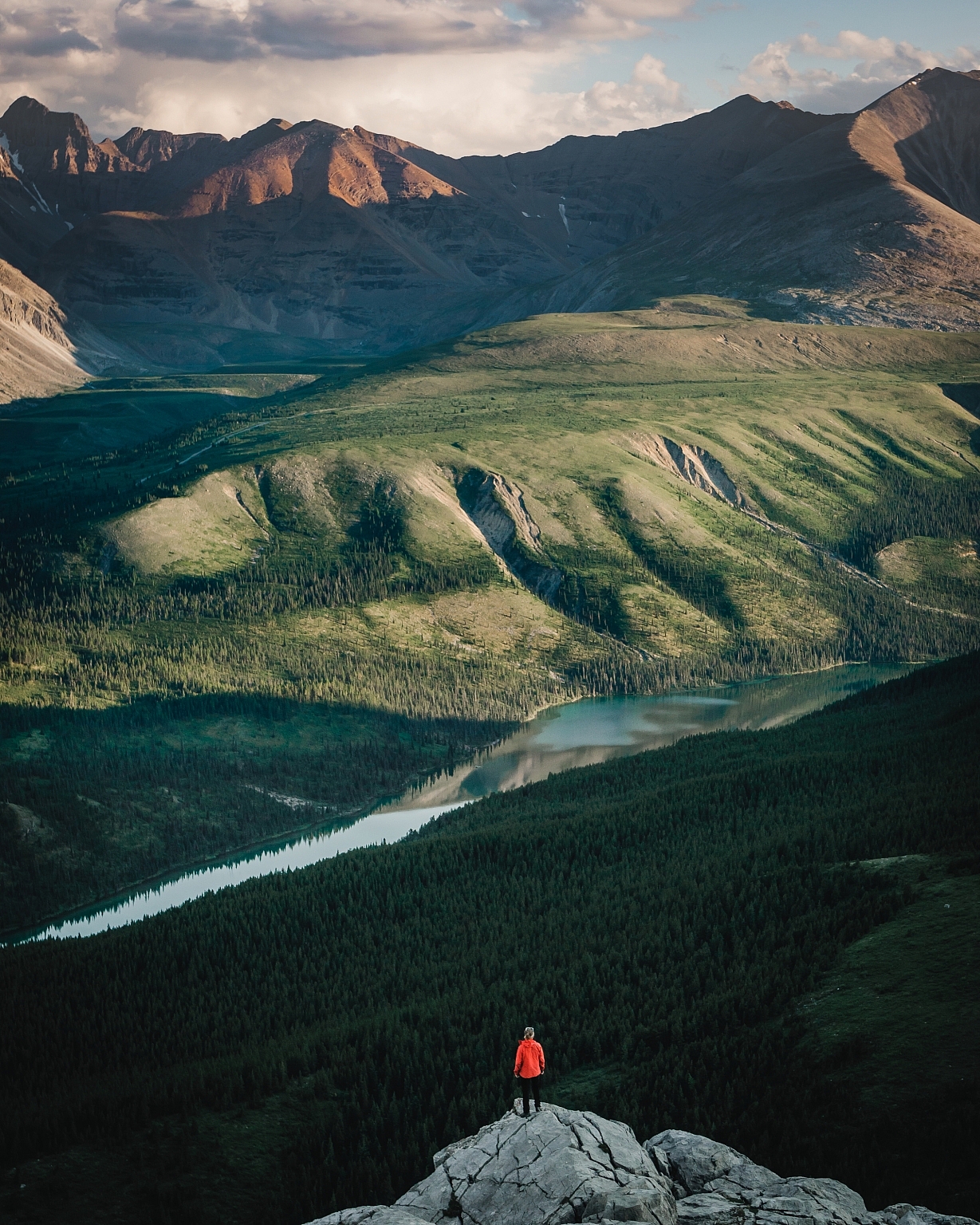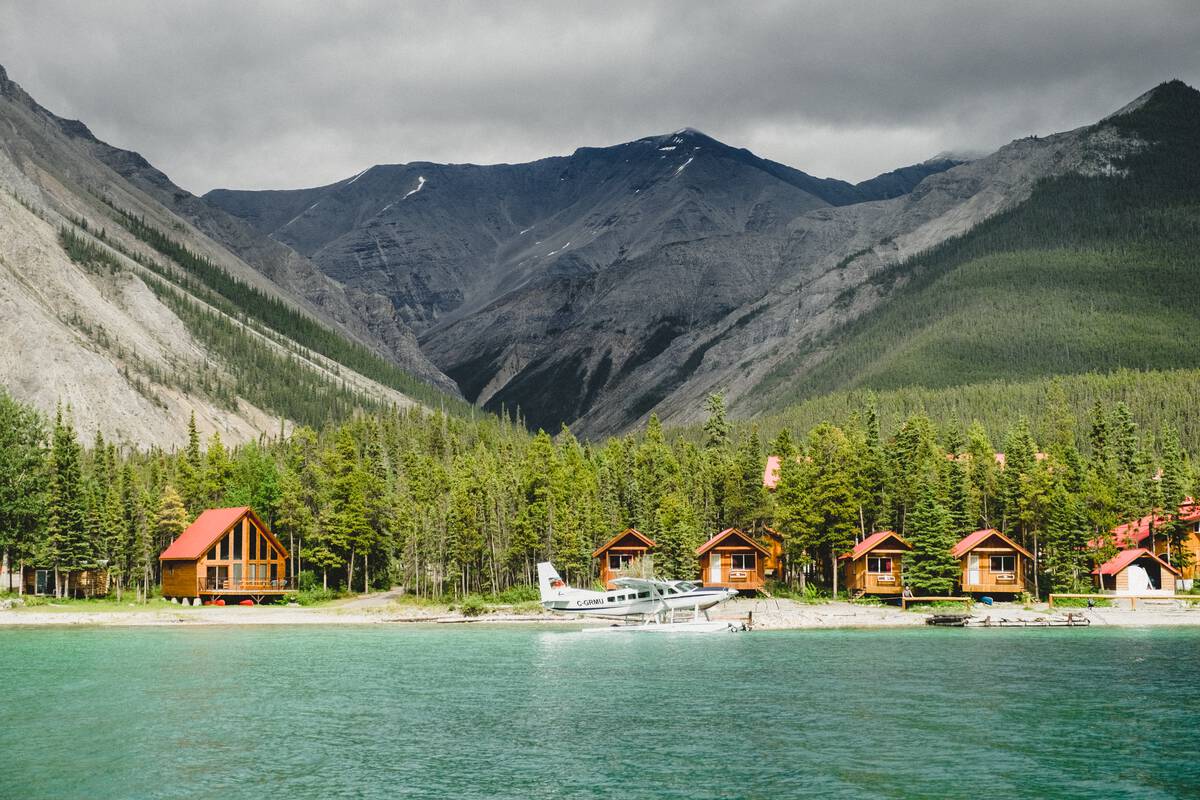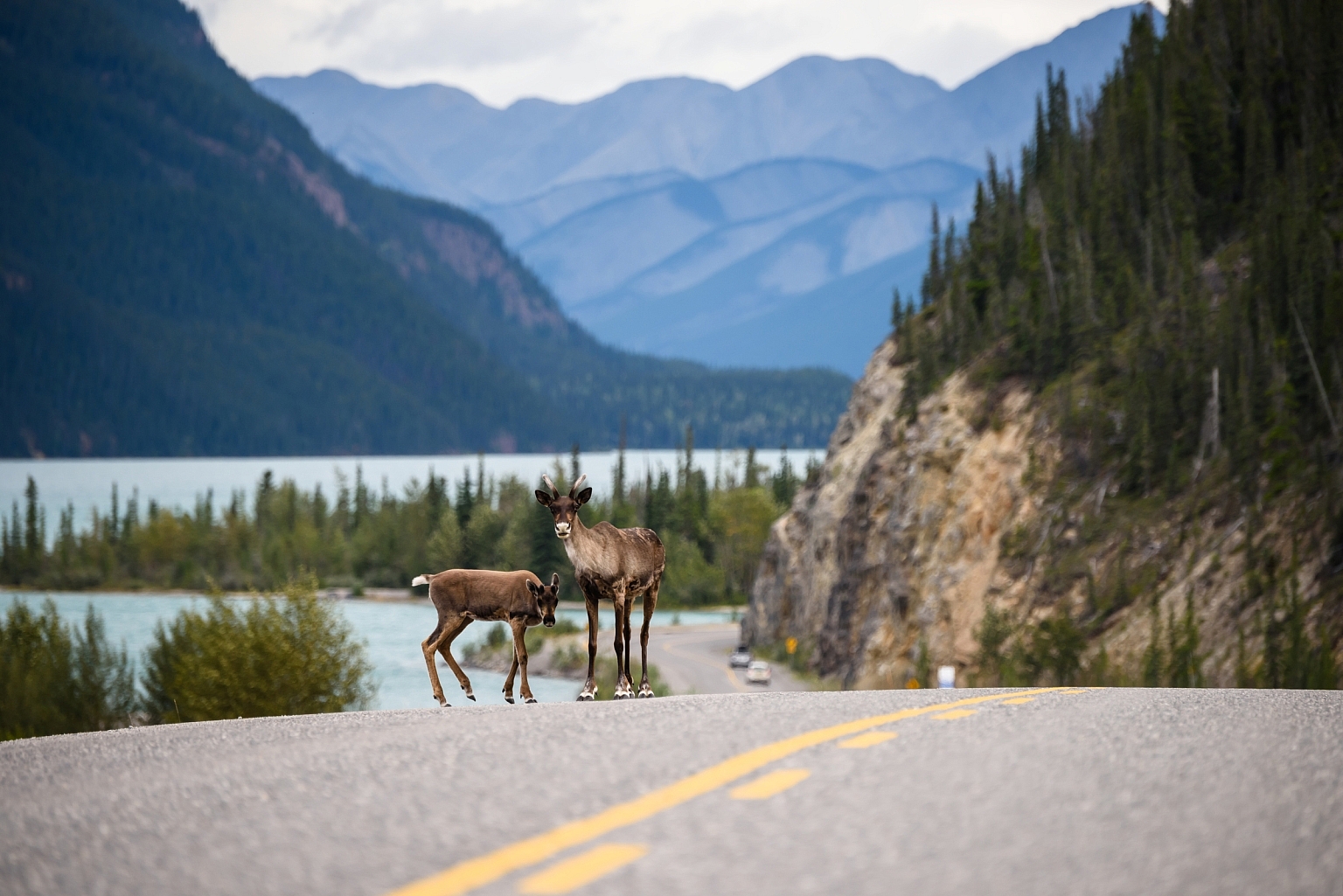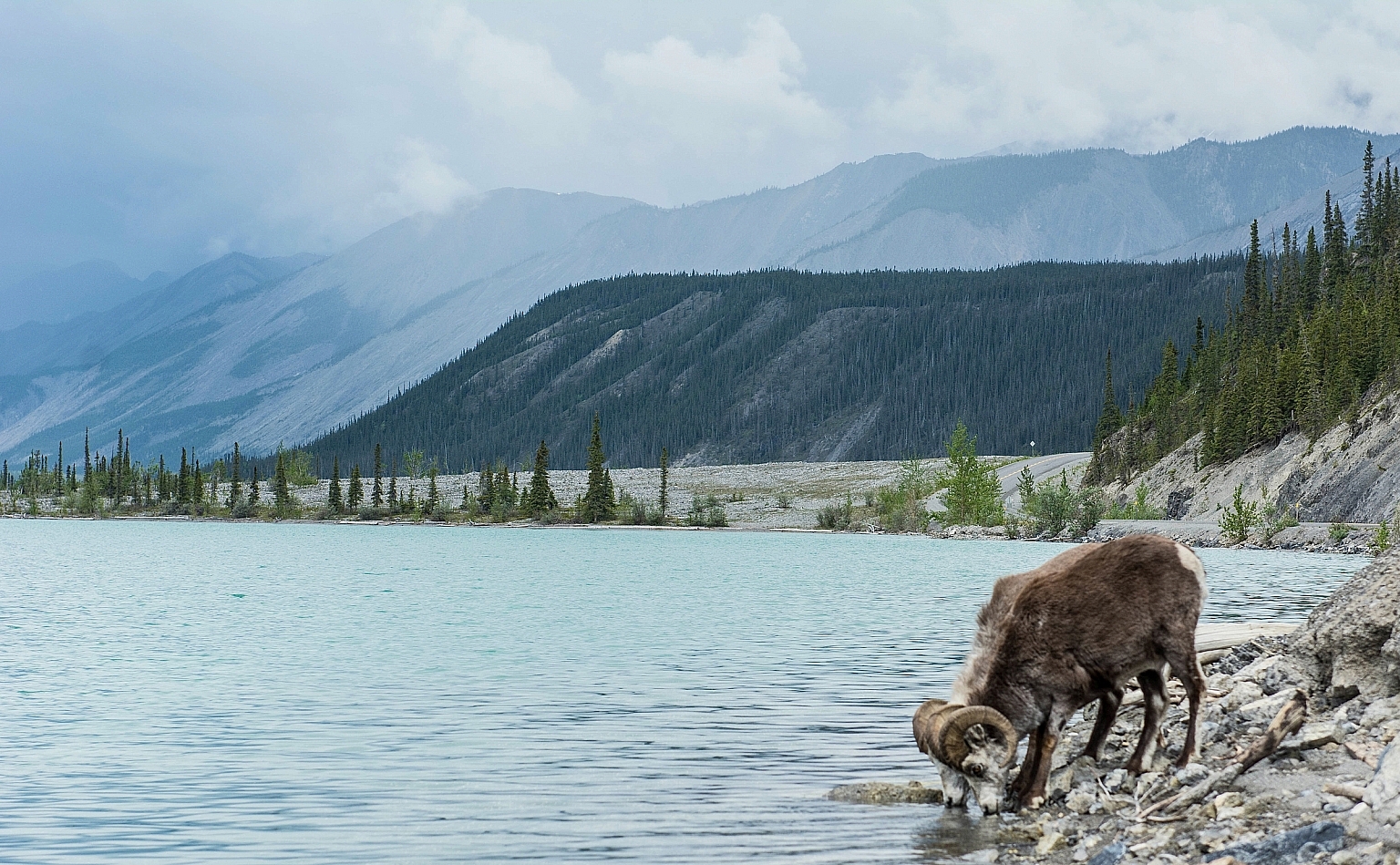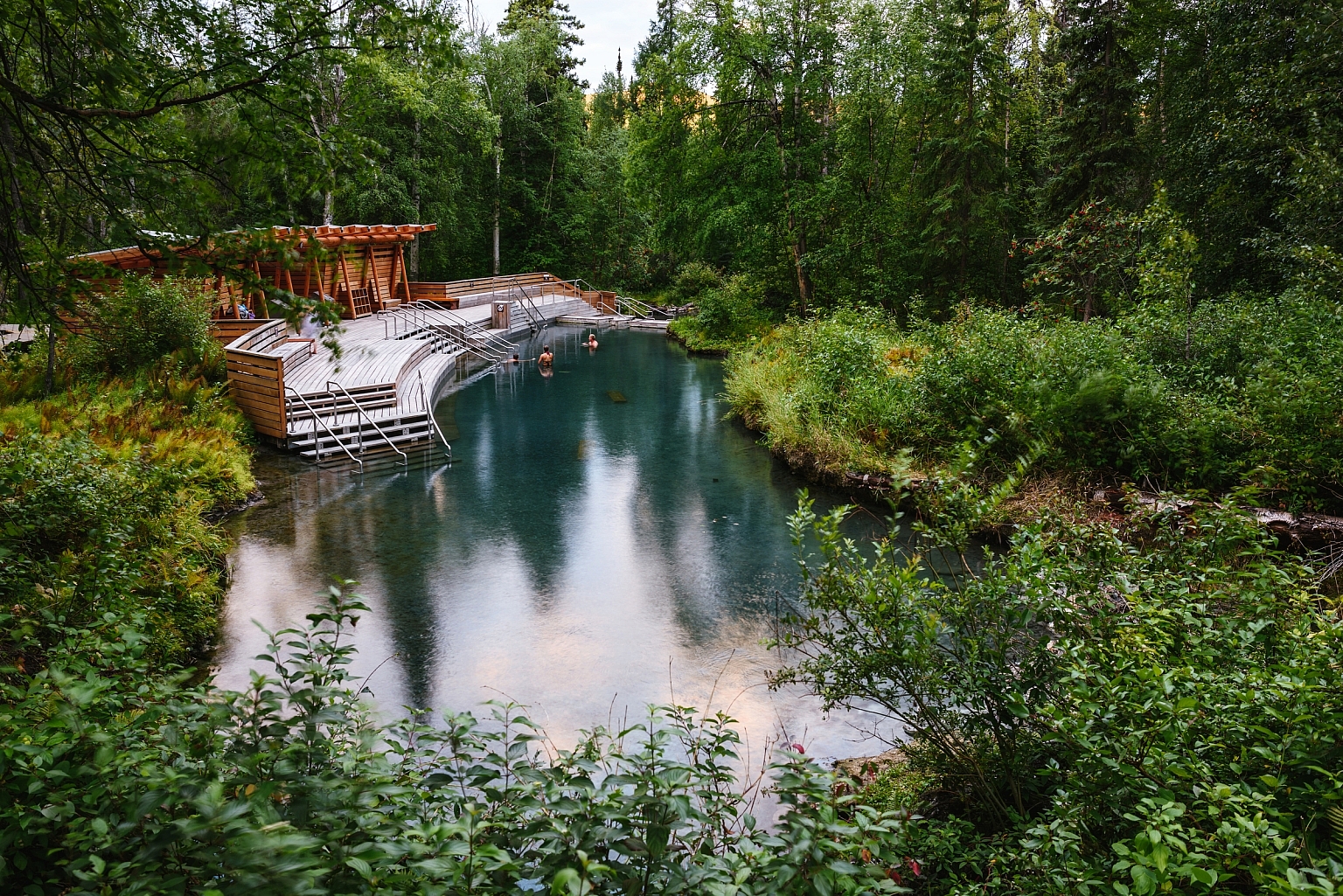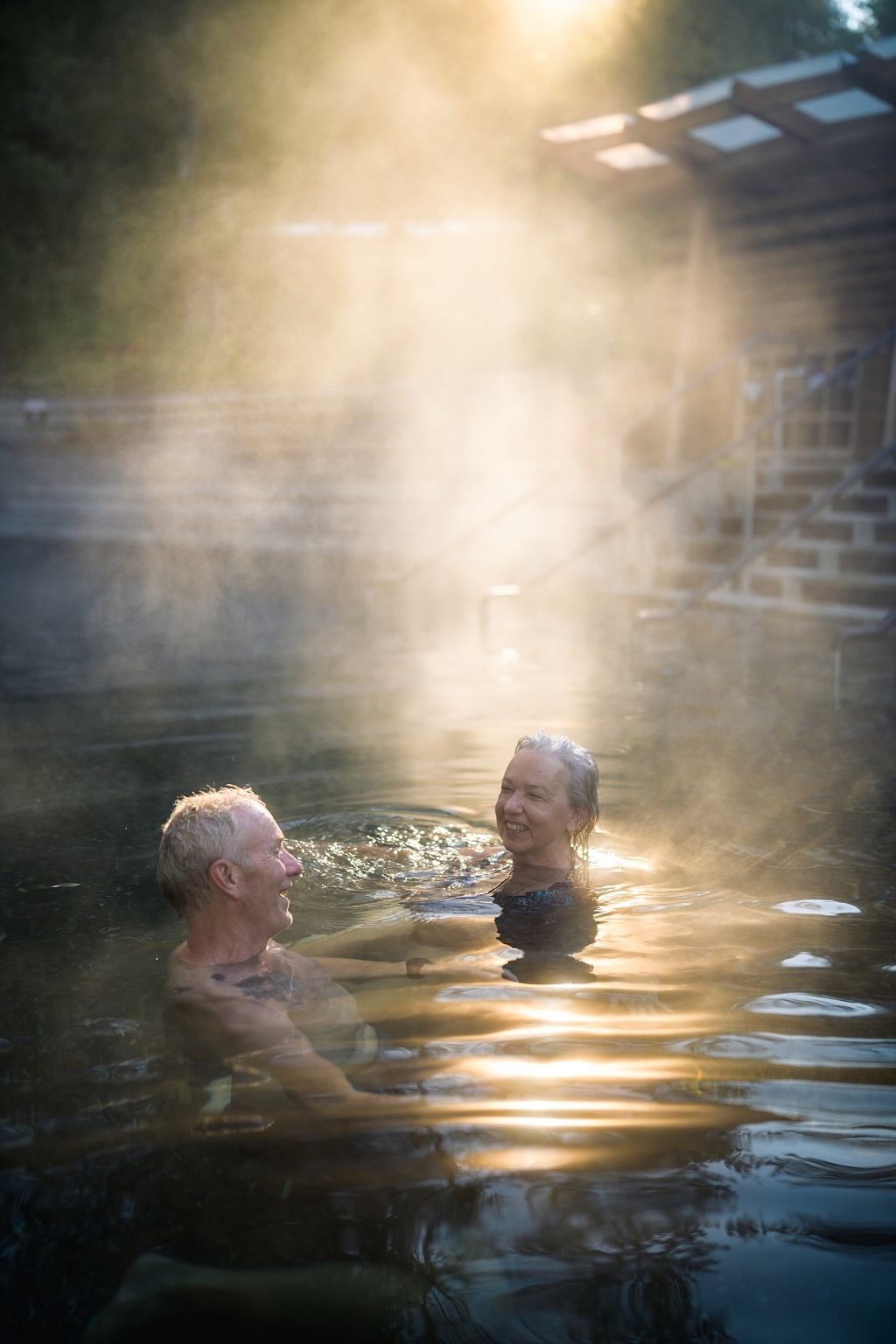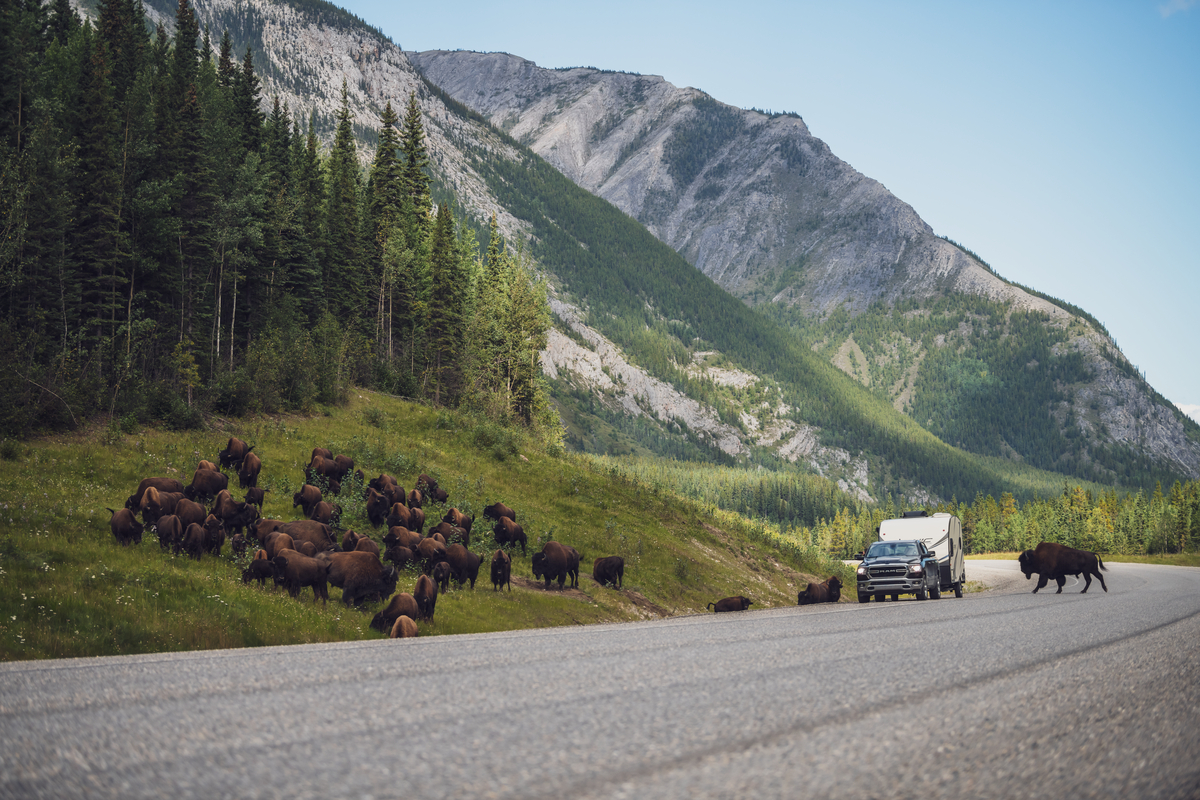If you’re coming from Vancouver or the Lower Mainland, your trip begins by following the Trans Canada Highway 1 east through Hope, Lytton, and Cache Creek. Here, continue north on Highway 97 through Williams Lake and Prince George before heading north into The Great Wilderness along Highway 97 to Dawson Creek.
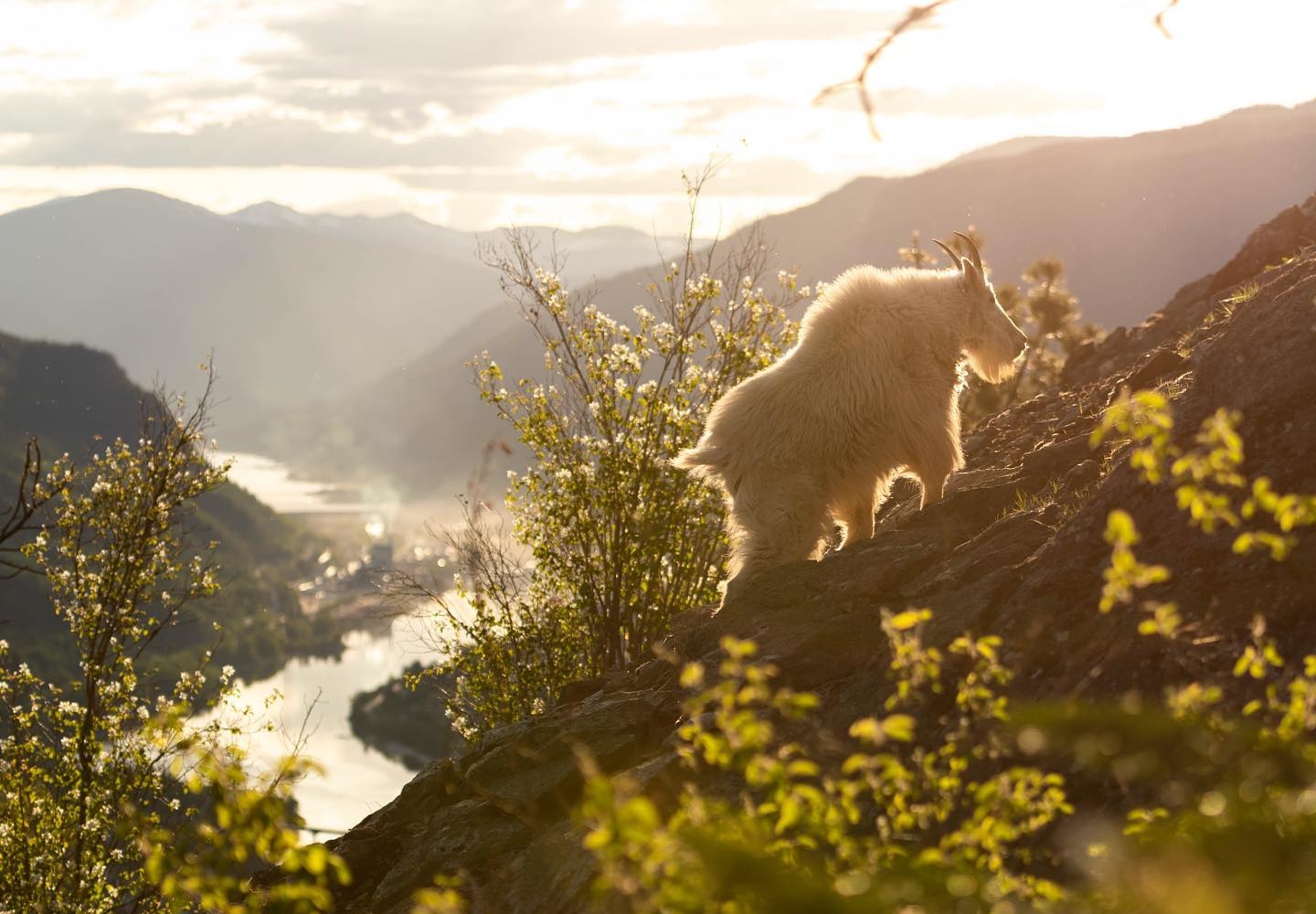

Experience the untamed wild of Northern BC as you drive along this
historic route that features one of Canada’s largest natural
hot springs, parks with diverse wildlife, and remote communities.
Part 1
Start Your Trip
Part 2
Dawson Creek
Begin your journey with a photo taken at the “Mile 0” cairn in Dawson Creek, then stop in to the Visitor Centre for an introduction to the Alaska Highway’s fascinating history, then tour the Dawson Creek Art Gallery (housed in a renovated grain elevator annex).
The wetlands around Dawson Creek provide exceptional opportunities for bird watching. The waterfowl refuge at McQueen’s Slough offers a network of boardwalks enabling visitors to walk into the marsh without compromising the integrity of the natural habitat. Enjoy a meal and a craft beer at the new Post & Row Local Taphouse, or at the loveably kitschy favourite, Stuie’s Diner.
Travelling by RV? There are many campgrounds in Dawson Creek, and plenty of day trip options: View an impressive collection of more than 50 chainsaw carvings in Chetwynd, or head to Tumbler Ridge UNESCO Global Geopark where you can visit the Dinosaur Discovery Gallery, hike the many trails of the UNESCO Geopark, or experience the wonder of Kinuseo Falls in Monkman Provincial Park.
Part 3
Taylor
From Dawson Creek, head north. At Mile 36 in Taylor, you’ll cross the mighty Peace River. Grab a coffee from the Caffeination Station, then visit Peace Island Park, a popular family destination with campsites on the banks of the Peace River. Golfers even have three golf courses to choose from in the area: Lakepoint Golf & Country Club, Fort St. John Links, and Lone Wolf Golf Club.
Part 4
Fort St. John
In Fort St. John, stop for lunch at Whole Wheat & Honey or grab a local craft beer at at Beard’s Brewing or Mighty Peace Brewery. Be sure to check out the North Peace Cultural Centre Gallery and The Indigenous Artist Market before continuing your journey.
Just beyond Fort St. John you’ll pass Charlie Lake and Pink Mountain provincial parks. Fish for walleye and northern pike in Charlie Lake, and admire the rich pink hues of fireweed blossoms on Pink Mountain at sunrise. Continuing north, pass Sikanni Chief Falls, located in an ecological reserve. View the 30-metre falls from a scenic vantage point or take a hike through the park.
Part 5
Fort Nelson
Learn about Fort Nelson’s pioneering history at the Fort Nelson Heritage Museum. The nearby Muskwa-Kechika Management Area, known as the “Serengeti of the North,” is one of the last tracts of true wilderness south of the 60th parallel. Take a guided horseback trip with Muskwa-Kechika Adventures to soak up the larger-than-life landscape.
For a more relaxing experience, fly in to Elisi Spa & Wilderness Resort and enjoy a variety of activities including fishing, hiking, horseback riding, photo safaris, wildlife viewing, and spa treatments.
Part 6
Stone Mountain Provincial Park
En route to Muncho Lake, stop by Stone Mountain Provincial Park. The park offers breathtaking views and remarkable wildlife viewing opportunities, as well as a wide range of recreational activities, including hiking and biking trails suitable for all levels. Hike Summit Ridge, a moderate 4.5-kilometre trail, to see a full panoramic view of the Northern Rockies. Need a quick snack to fuel up? Stop at Tetsa River Lodge for the best cinnamon buns on the Alaska Highway!
Part 7
Muncho Lake Provincial Park
Your next stop is Muncho Lake Provincial Park, an icon in The Great Wilderness, offering great fishing, boating, and wildlife viewing. The real star of this park is the lake itself, deep, cold, and tinted jade-green by copper oxides leeching out of the lake bedrock. Northern Rockies Lodge offers boat rentals, and flight seeing tours are available.
As you leave the park, notice the impressive geological formations of Folded Mountain, and look for wildlife including Stone’s sheep, moose, caribou, and mountain goats.
Part 8
Liard River Hot Springs Provincial Park & Smith River Falls
On this last stretch of the Alaska Highway that runs to the Yukon border, don’t miss Liard Hot Springs Provincial Park. This park offers excellent campsites, and provides ample opportunity for wildlife viewing—especially moose, which are year-round residents. In summer, bulls, cows, and calves can be observed feeding in the swamps.
Approximately 25 kilometres farther up the highway, stop at Smith River Falls, 2.5 kilometres off the highway down a gravel road (not recommended for large RVs and trailers). The falls are visible from the small parking area, or you can take a short 500-metre hike down to the base of the falls. Be careful as the path is quite steep in places.
At the bottom of the trail, you will find a beautiful view of the two-tiered waterfall. The pool at the base of the falls is fantastic for arctic grayling fishing, and fly fishing is recommended here in late summer.
Make sure to stop for a bison burger at Coal River Lodge & RV Park (the last place for supplies and gas before you reach the Yukon border), then head 10 kilometres up the highway to Whirlpool Canyon where there are unserviced, no-frills camping opportunities. In another 50 kilometres, stop at Allen’s Lookout for spectacular views of the Liard River.
Part 9
Yukon and Optional Side Trips
Historical Mile 627 is the official BC-Yukon border. In Watson Lake, don’t miss the Sign Post Forest, a collection of more than 60,000 mileage posts indicating the direction and distance to previous visitors’ hometowns.
Recommended side trip: Historical Mile 649 is the junction to the Stewart-Cassiar Highway (Highway 37), which takes you south to the Hazeltons. Notable stops along the way include: Tā Ch’ilā Provincial Park (Boya Lake Provincial Park), where the warm, jade-coloured waters are perfect for swimming and paddling; Stewart, a colourful frontier town where the ocean meets the mountains (stay at the Ripley Creek Inn and be sure to pop into the Toastworks Museum); and Meziadin Lake Provincial Park, with beautiful mountain views and crystal clear waters.
Recommended side trip: Continue along the Alaska Highway into the Yukon and east past Watson Lake. Visit Whitehorse, the province’s thriving capital, with artifacts from the town’s Klondike days and life-sized exhibits of animals of the last ice age. Head to the hiking trails in Kluane National Park and Reserve, a UNESCO World Heritage Site.
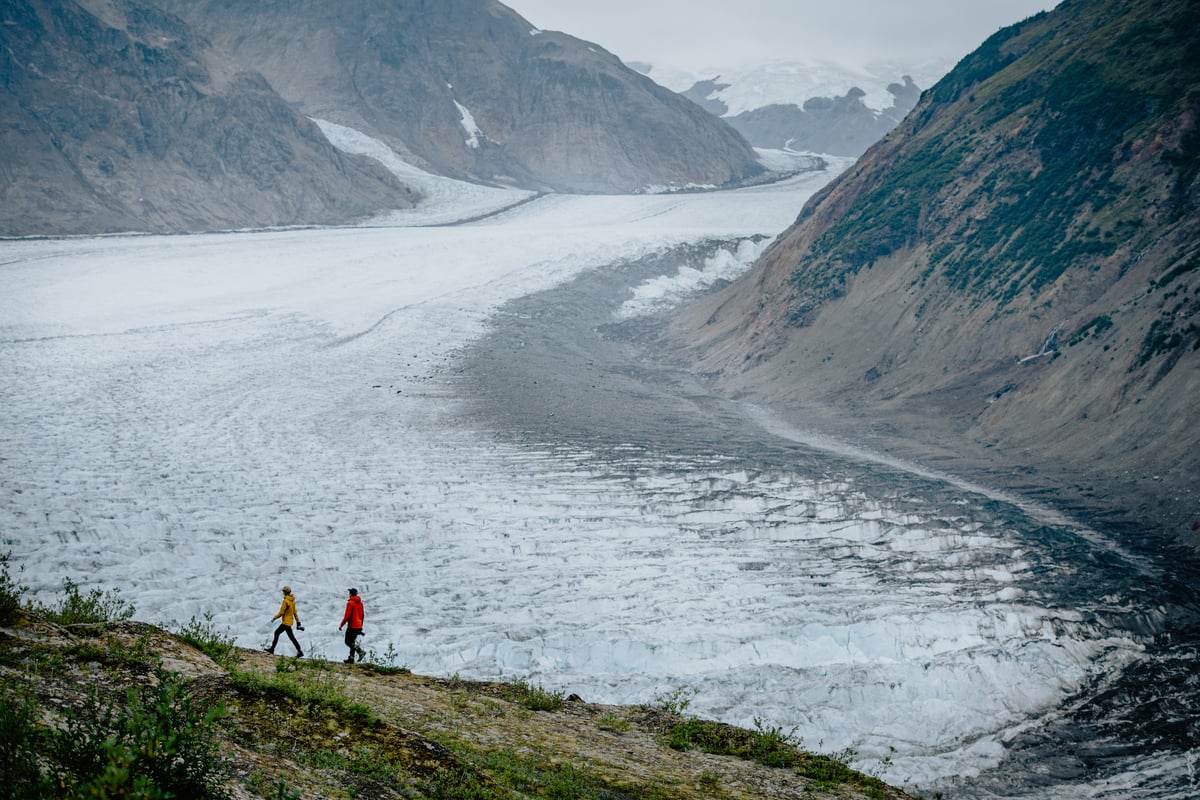
The Salmon Glacier near Stewart. Photo: Northern BC Tourism/Marty Clemens
Last updated: March 2024

Other Road Trip Ideas
Plan Your Adventure Now
Adventure Smart
Always check trail conditions before you head out, and no matter what outdoor activity you are planning, be prepared.
Plan Your RoutePlan Your Route
Check Drive BC for the latest information on road closures around the province.
Check ConditionsTravel Responsibly
Follow these tips to travel safely and responsibly in BC this season.
See the TipsPlaces to Stay
Discover everything from luxury hotels and B&Bs to wilderness lodges and campsites.
Find Accommodation
Want an inside scoop?



